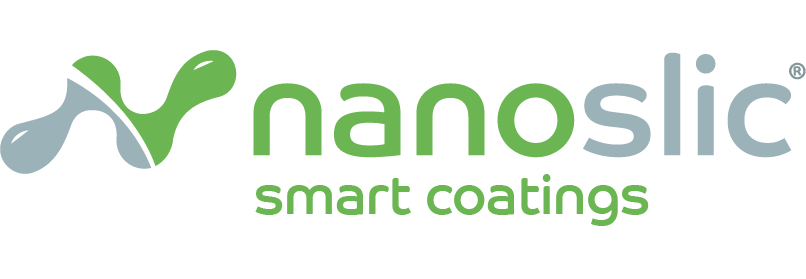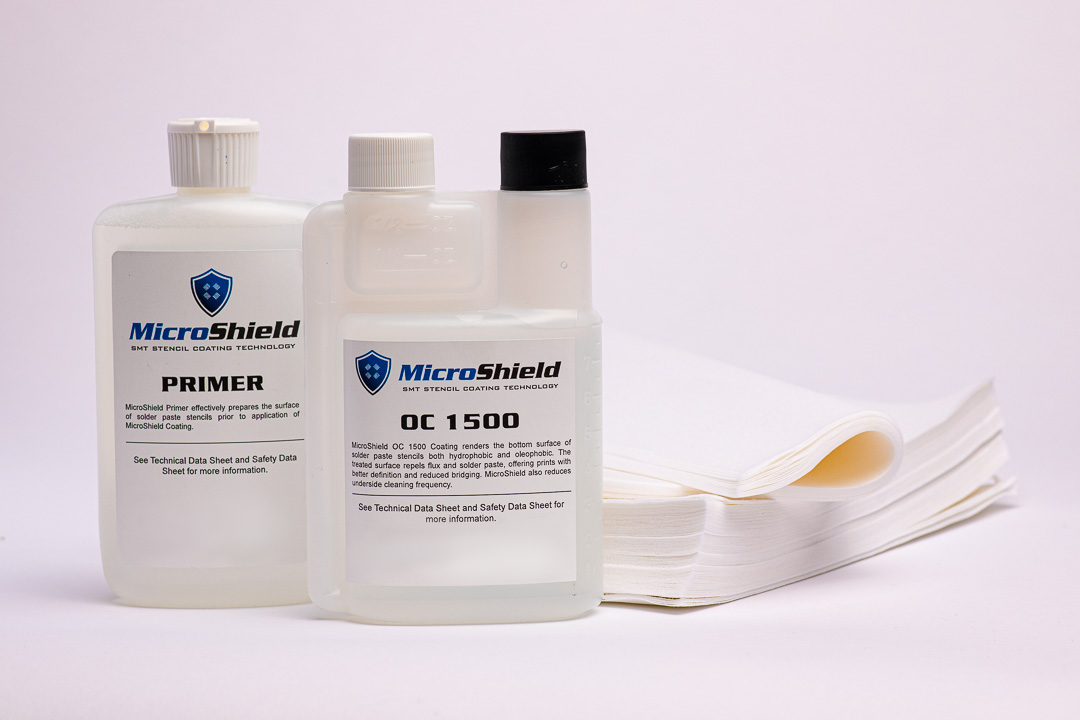For Competitive International Shipping Rates, Please Contact Us Before Purchasing.
[email protected]
Give your stencils the protection they need with Microshield. The perfect cost-effective coating for prototyping and small production runs.
Watch Microshield in Action
Microshield 1500
This revolutionary on-contact hydrophobic coating has a unique chemistry. Upon contact, it forms a self-assembling monolayer that is highly hydrophobic and oleophobic. It is self-applied to solder paste stencils and offers many of the printing and cleaning benefits of NanoSlic.
Unlike traditional treatments, this coating does not need to be rinsed off and completely dried before application. As a result, rework and cycle times are greatly reduced.
The stencil coating comes in an easy-to-use bottle, giving users the freedom to dispense exactly the amount of coating needed, directly onto the applicator – without wasting a single drop. This means users have full control of its application, making MicroShield the perfect cost-effective coating for prototyping and small production runs.
Features
- Better underside cleaning
- Improves bridging
- STD DEV lowered
- Easy application





